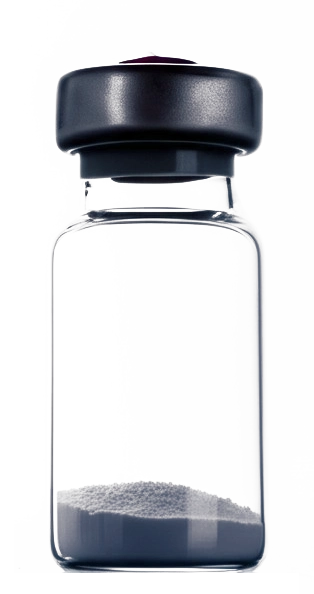Recovery peptides are vital in athletic training. They aid in repairing muscle damage and reducing inflammation. This accelerates the recovery process after intense workouts or competitions. Post-workout recovery peptides help athletes bounce back faster. This allows for more frequent and effective training sessions. These peptides often target inflammation. They also promote tissue repair. This helps in reducing muscle soreness and preventing injuries. Peptides for endurance play a significant role in enhancing athletic performance. They improve stamina and delay fatigue during prolonged physical activity. Peptides that boost red blood cell production are particularly valuable. They enhance oxygen delivery to muscles. This improves endurance capacity. Peptides for stamina also contribute to overall energy levels. They help athletes maintain high performance throughout long durations. Muscle repair peptides are essential for athletes who undergo rigorous training. These peptides accelerate the healing of damaged muscle fibers. They reduce the risk of chronic injuries. This allows athletes to continue training consistently. The strategic use of peptides in athletic training involves careful planning and monitoring. Athletes must consider the specific demands of their sport. They must tailor their peptide regimen accordingly. Understanding the interplay between recovery, endurance, and muscle repair is crucial. It ensures that athletes can optimize their performance and minimize downtime. The use of peptides for sports performance is becoming increasingly sophisticated. Athletes now have access to a wide range of compounds. Each offers unique benefits for recovery and endurance. However, it is important to approach peptide use with caution. Athletes should seek guidance from qualified professionals. This ensures that their use is safe, effective, and compliant with relevant regulations. By prioritizing recovery and endurance through strategic peptide use, athletes can achieve sustained improvements in their performance. They can also minimize the risk of injury and overtraining. A balanced approach that combines peptide therapy with proper nutrition, rest, and training is key to maximizing athletic potential. This helps athletes achieve peak performance while maintaining their overall health and well-being.







